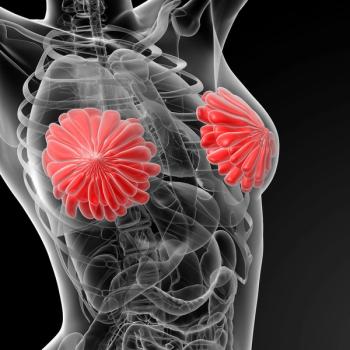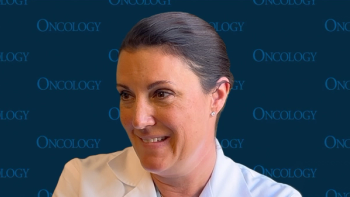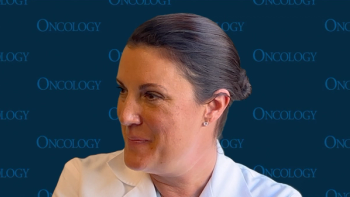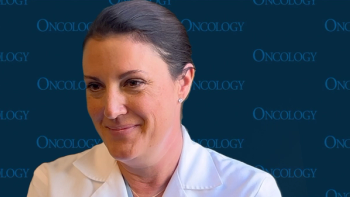
Oncology NEWS International
- Oncology NEWS International Vol 7 No 6
- Volume 7
- Issue 6
Adjuvant Tamoxifen Effective in Younger Breast Cancer Patients
OXFORD, UK--The latest 5-year metaanalysis by the Early Breast Cancer Clinical Trialists’ Collaborative Group suggests that up to 20,000 additional lives could be saved each year worldwide if physicians prescribed adjuvant tamoxifen (Nolvadex) to all early breast cancer patients who could benefit, including premenopausal women.
OXFORD, UK--The latest 5-year metaanalysis by the Early Breast Cancer Clinical Trialists Collaborative Group suggests that up to 20,000 additional lives could be saved each year worldwide if physicians prescribed adjuvant tamoxifen (Nolvadex) to all early breast cancer patients who could benefit, including premenopausal women.
The metaanalysis included detailed information from 55 randomized trials conducted over the past 2 decades in more than a dozen countries, involving 30,000 women with early breast cancer, researchers from the Clinical Trial Service Unit (CTSU) at Oxford University said at a press briefing.
Within 10 years of surgery, about one-third had relapsed and died. Starting tamoxifen early and continuing it for about 5 years cut the recurrence rate in half, irrespective of the patients age, and improved long-term survival. Tamoxifen proved effective regardless of whether chemotherapy was also given (ie, it had an added effect) or whether the patient was node negative or node positive (The Lancet, May 15, 1998).
Fewer Young Women Get the Drug
Professor Richard Peto, co-director of the CTSU, said: "Starting tamoxifen immediately after breast cancer surgery prevented one in six women from relapsing and one in 12 from dying, irrespective of age. Tamoxifen for older women is already saving more lives than any other cancer drug. But most of the younger breast cancer patients who need tamoxifen arent yet getting it."
The researchers cited data from a worldwide survey of 841 leading breast cancer doctors. Almost all (99%) of the doctors in the survey said that they might use tamoxifen in a woman of about age 60 with node-positive early breast cancer, but only 54% said they would use it in a node-positive woman in her 40s. In patients with node-negative disease, the percentages dropped to 78% for older women and 33% for younger women.
When the relatively small increased risk of endometrial cancer and pulmonary embolism with tamoxifen use is taken into account, tamoxifen was shown to prevent about 30 times as many deaths as it causes. Dr. Rory Collins, CTSU co-director, said "The beneficial effects of tamoxifen far outweigh any adverse effects on survival."
Articles in this issue
over 27 years ago
Vogelstein Discusses Gatekeeper Genes, Caretaker Genesover 27 years ago
Esophageal Cancer Rate Drops in Rats Fed Black Raspberriesover 27 years ago
How People Respond to Gene Testing for Adult Onset Disordersover 27 years ago
MIA Is Used to Monitor Immunotherapy for Melanomaover 27 years ago
Feds Upgrade ‘Healthfinder’ Websiteover 27 years ago
A ‘Gentle’ Immunotherapy Promising for Advanced Prostate Cancerover 27 years ago
UK, Australia, New Zealand Take Lead in Palliative Medicineover 27 years ago
Antigen-Based Antitumor Vaccines Seem Most Promisingover 27 years ago
Wynder Given The American Cancer Society Award at AACRover 27 years ago
Key Organizations Offer No Consensus on MammographyNewsletter
Stay up to date on recent advances in the multidisciplinary approach to cancer.


















































































